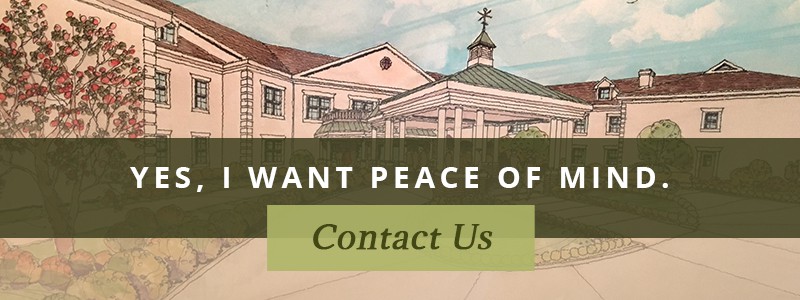
Depression knows no discrimination when it comes to background, social status, or age. Increasingly, older adults and senior citizens are reporting higher rates of depression, and it’s estimated that this statistic is still a gross underrepresentation of the affected demographic.
Despite advances that have been made in mitigating misconceptions, there are lingering stigmas surrounding this serious mental health condition. Namely, some people believe that depression only affects younger people or individuals with a history of trauma. This is absolutely not the case.
In order to eliminate remaining pieces of misinformation about depression, as well as to provide a resource to older adults with depression in search of help, this article will discuss:
- How depression develops in older adults and seniors
- What depression looks like (and what it does not look like)
- How older adults and seniors can get the support they need
How depression develops in older adults and seniors
Perhaps one of the most difficult things to understand about mental illness is that, unlike non-psychological medical issues, there are rarely a single set of symptoms and side effects. Unlike the flu which is generally characterized by nausea, coughing, and fever, depression may take a virtually infinite number of forms in the way it manifests. Mental illness is hard to understand and to treat in large part because of the subjective nature of the suffering it causes.
In the case of older adults (>50 years) and senior citizens (>65), members of these demographics are usually dealing with the loss of friends and family members on a scale of magnitude not yet experienced in life. Whether it is a colleague taking a job offer in another state or a dear uncle passing away, these are the times of life when it seems people leave more often than they stay. If it becomes a repetitive cycle or even resembles a slightly consistent pattern, these adults may begin to feel alone and withdrawn from former social connections.
Senior citizens also typically retire around the same time that they reach this age milestone. While it sounds nice in theory to stop working after 50 or some years, many retirees find themselves listless and lost when they no longer have a job. A feeling that one is lacking purpose — whether true or not — is extremely painful and can manifest in some individuals as depression.
What Depression in Older Adults and Seniors Looks Like
As mentioned, depression can manifest in a variety of ways, so it’s important not to look only for a set number or style of symptoms if you suspect that you or someone for whom you care might be struggling. Generally speaking, however, if someone exhibits several or more of these signs, they may want to consider undergoing an evaluation to see if they might have depression:
- Loss of interest in former hobbies and favorite activities
- Withdrawal from social environments and friend groups
- Noticeable weight loss or weight gain (also: decreased or exaggerated appetite)
- Difficulty concentrating
- Insomnia or difficulty sleeping
- Unexplained feelings of extreme sadness or numbness
This is by no means an exhaustive list and should not be regarded as such. For more information on depression and how to identify the symptoms, please visit a trusted mental health resource such as the National Institute of Mental Health.
How Older Adults and Seniors Can Get Support
As lonely as depression can feel, especially in late adulthood and seniorhood, there is no need to feel that you are alone. A trusted team of compassionate professionals and caregivers are available to give you or your loved ones the support they need to get through this difficult time. Contact The Heritage in Hammonton to learn more about our services in memory care, assisted living, and more.

